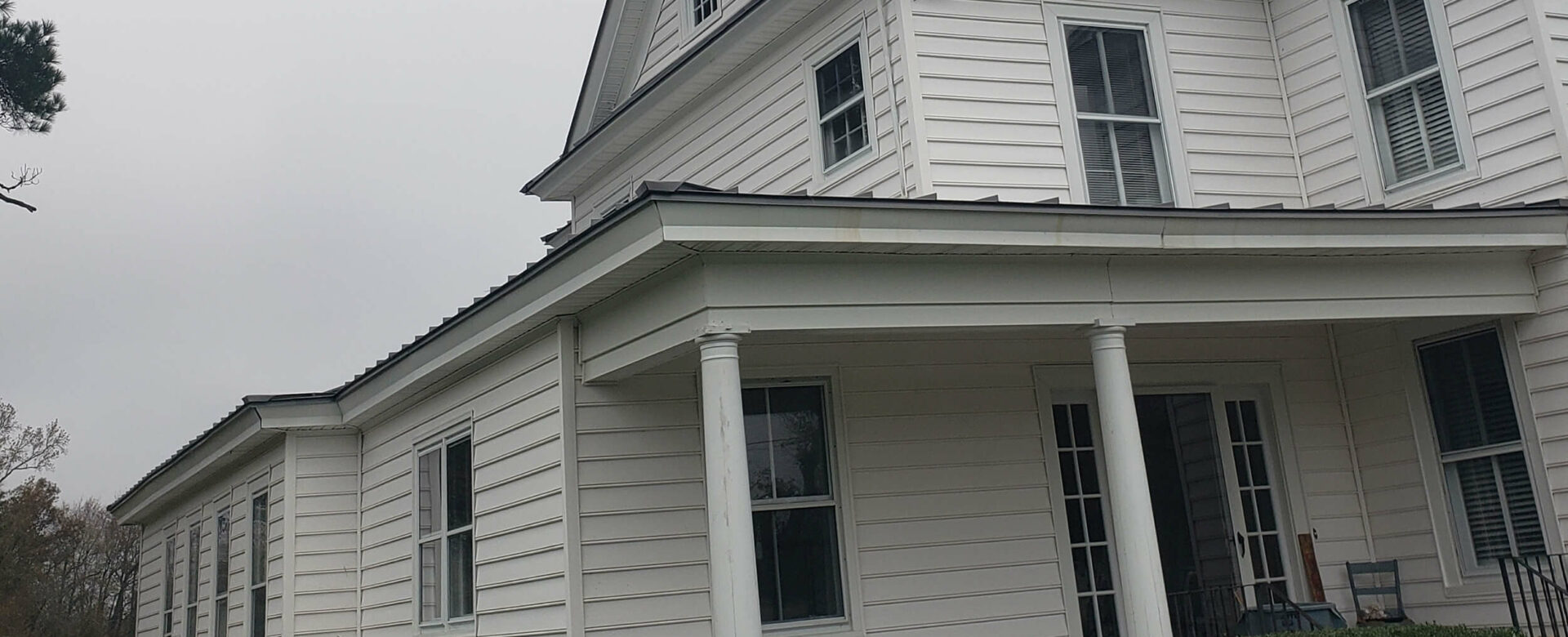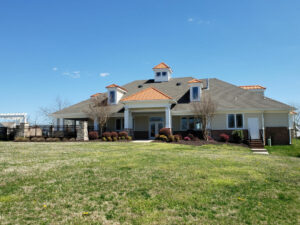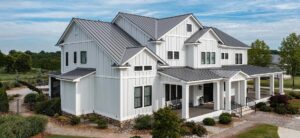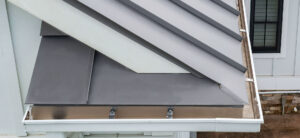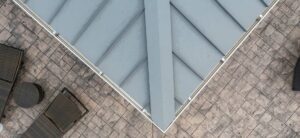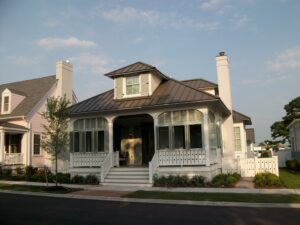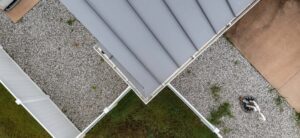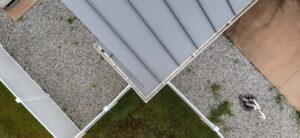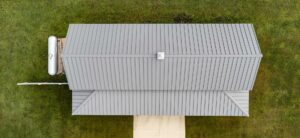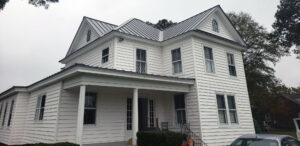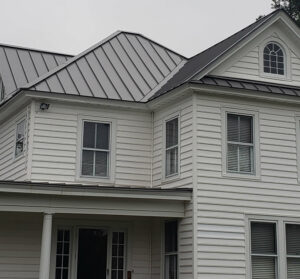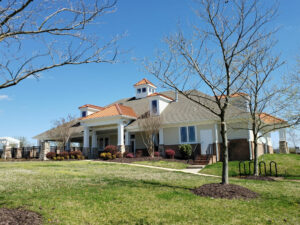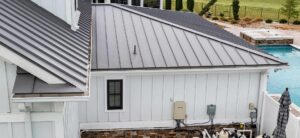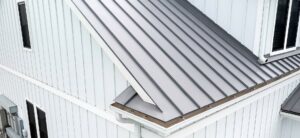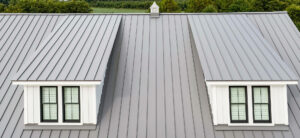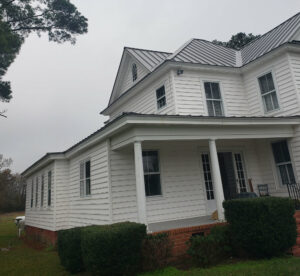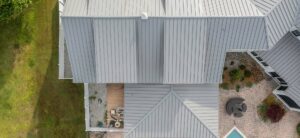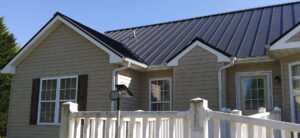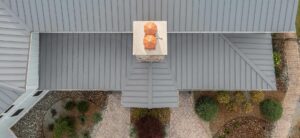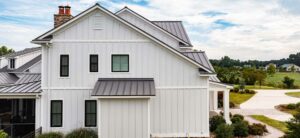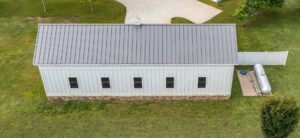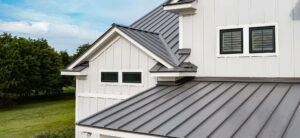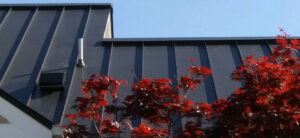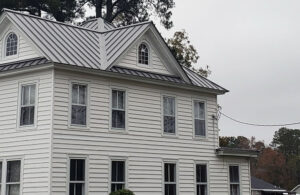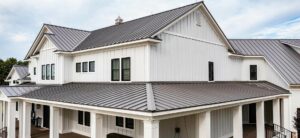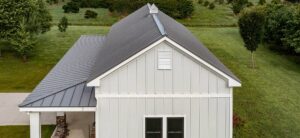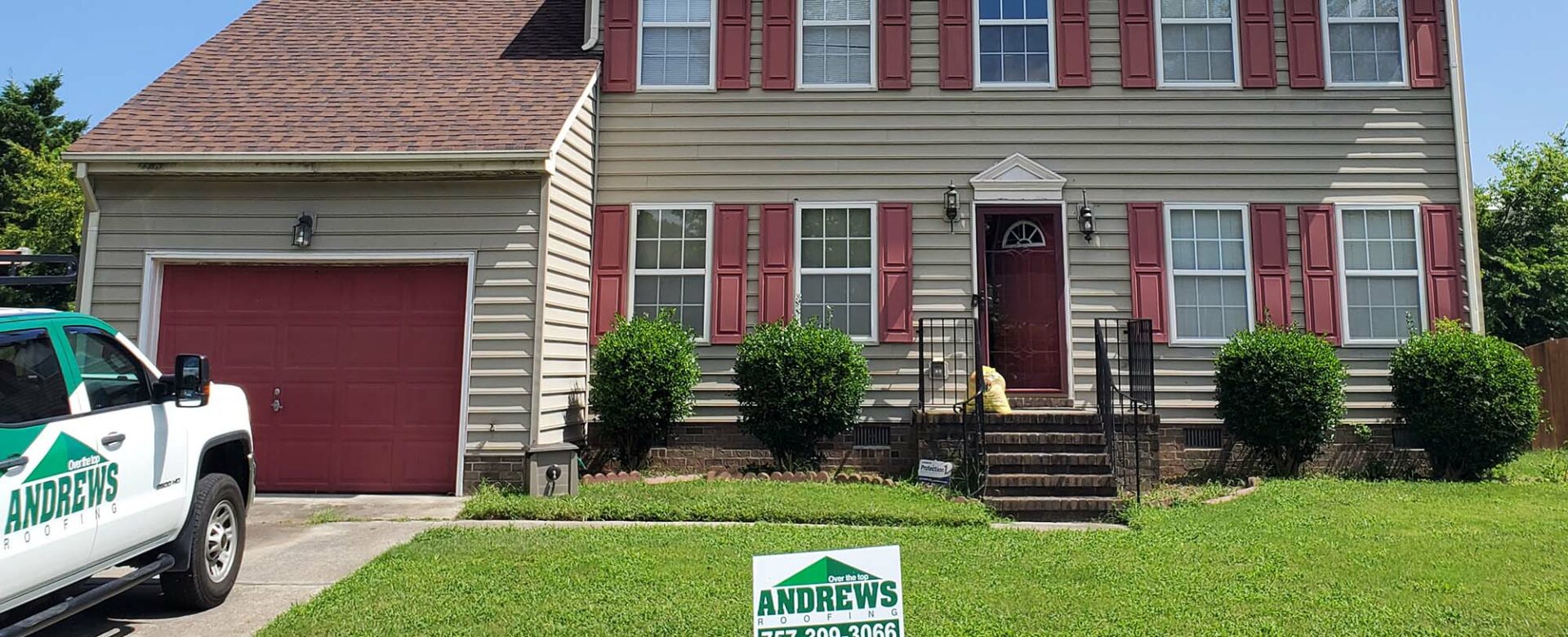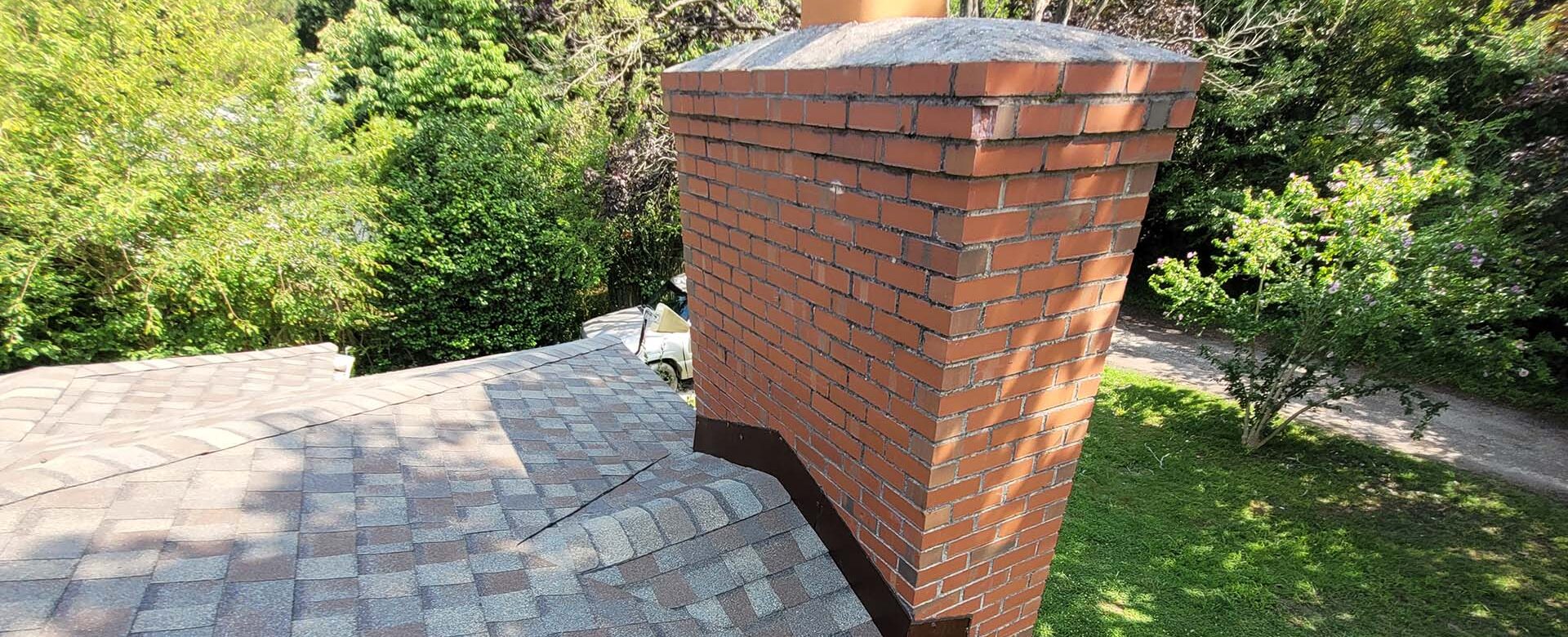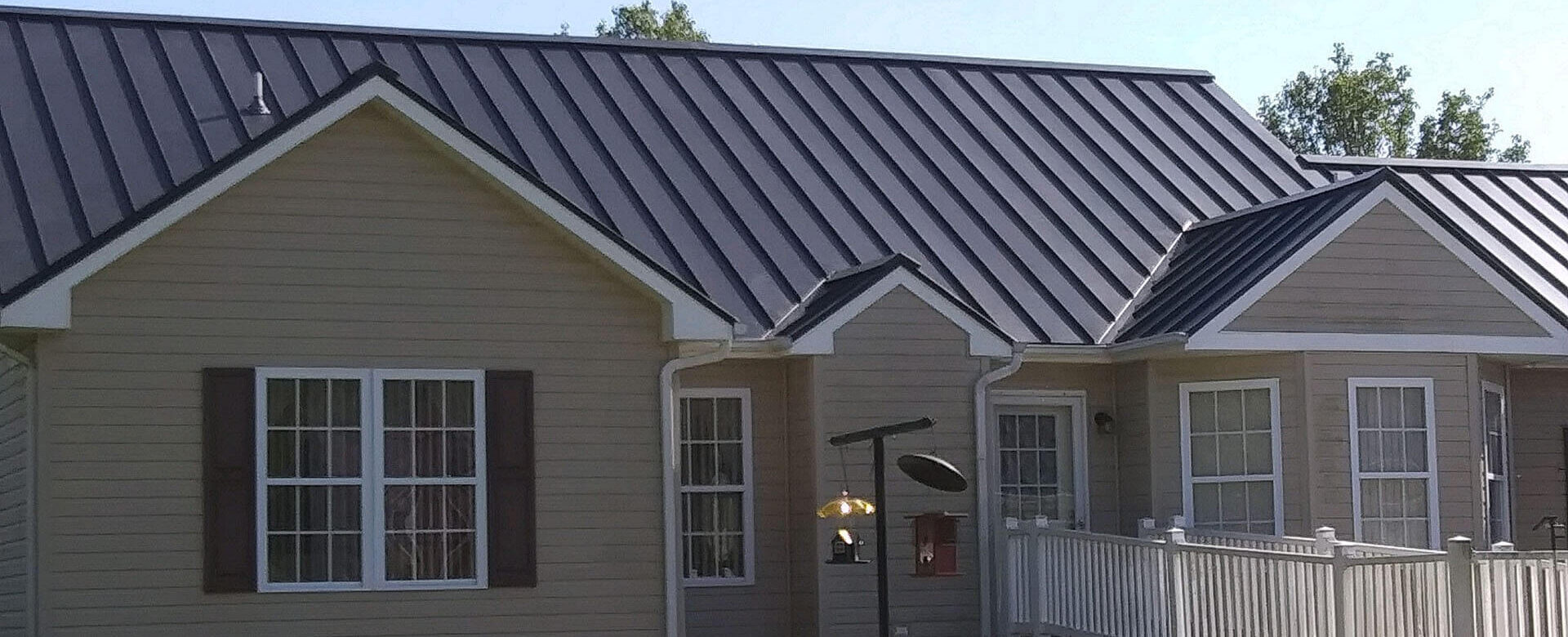Metal roofs are well known for being incredibly durable and long-lasting, often boasting lifespans of 50 or more years.
However, in regions such as Hampton Roads where severe weather and salt air are plentiful, metal roofs can still experience issues over time. While having a metal roof installed should give you some long-term peace of mind, there are still things you should keep an eye out for that may indicate it’s time for a repair or replacement. Fortunately, if you’ve had your metal roof installed by professionals to the manufacturer’s specifications, you should have a robust warranty in place that may cover the material and even the labor cost.
Here are some common problems that can occur with metal roofs and warning signs that indicate potential repair or replacement:
Leaks
Of course, like all roofs, an obvious leak is a sure sign that your roof needs attention. Look for water stains on the ceiling or walls, damp insulation in your attic and dripping water. On a metal roof, leaks are most likely to come from damaged or missing flashing, loose seams, or holes caused by corrosion or impacts.
Corrosion
Standard metal roofs can corrode over time, especially in areas like southeast Virginia with high humidity and exposure to salt air. That’s why proper metal roof material should be used near salt water. However, if the proper materials were not used and corrosion does occur, the signs will include rust spots, pitting, or flaking paint. In many cases, issues such as these are covered by the manufacturer’s warranty, so make sure to keep your paperwork and information on your roof in a safe place that you can easily access.
Loose Fasteners
Fasteners holding the metal panels in place can become loose over time due to thermal expansion and contraction or inadequate installation. Loose fasteners may cause panels to lift or shift, leading to leaks or structural issues. Fortunately, this is a relatively easy fix by a roofing professional that may also be covered under a warranty. While it’s a simple fix, it is also a very necessary one that should be taken care of as soon as the issue is identified.
Ponding Water
Improper installation or poor roof slope can result in water pooling on the roof surface, which can accelerate corrosion and lead to leaks. Ponding water may also indicate inadequate drainage systems. If installed by an experienced roofing contractor, issues like this should be avoided, but settling in the foundation of a home or damage to gutters or drainage systems may also have occurred since the roof installation, so call in a professional to inspect the issue and provide a long-term solution.
Dents and Damage
Metal roofs can sustain dents from hail, falling branches, or other impacts caused by severe weather. While small dents may not immediately affect the roof’s performance, larger dents or widespread damage may require repair or replacement before corrosion sets in. In some cases, an insurance claim may be necessary to cover the costs of these types of damages.
Andrews Roofing Can Help
If you notice any of these warning signs or suspect that your metal roof may have issues, it’s essential to have it inspected by a qualified roofing professional. Early detection and prompt repairs can help prevent further damage and extend the lifespan of your roof. Andrews Roofing is experienced and highly qualified to inspect, repair and replace metal roofing systems. Contact us today for more information.
